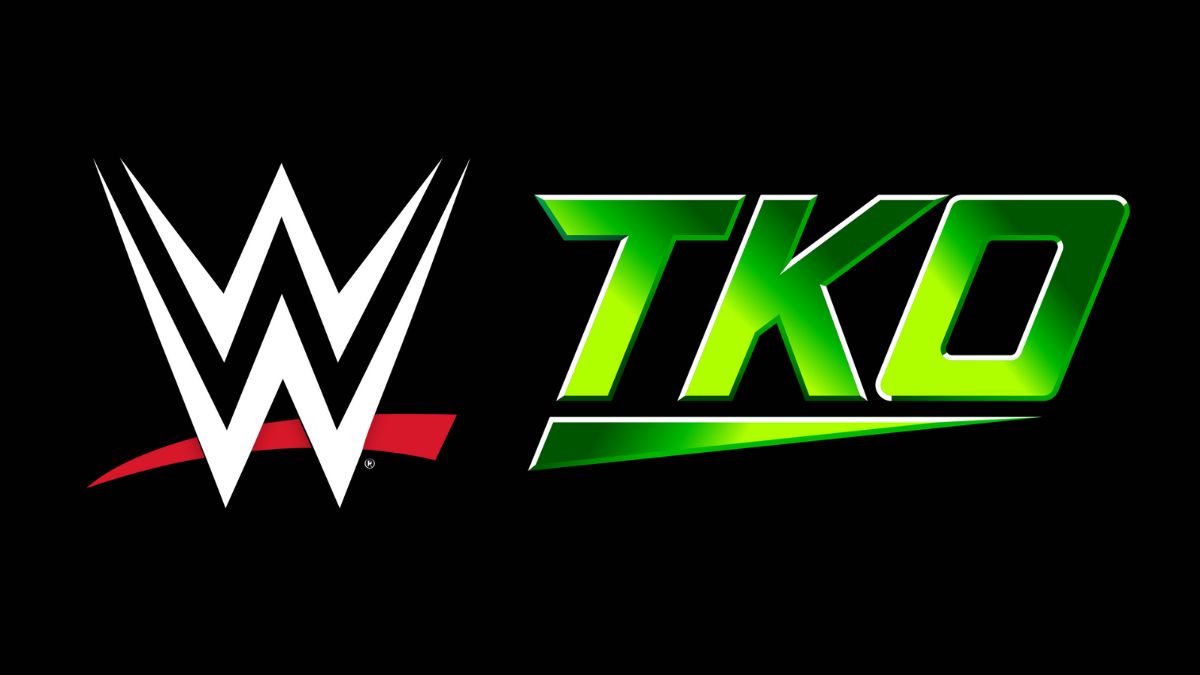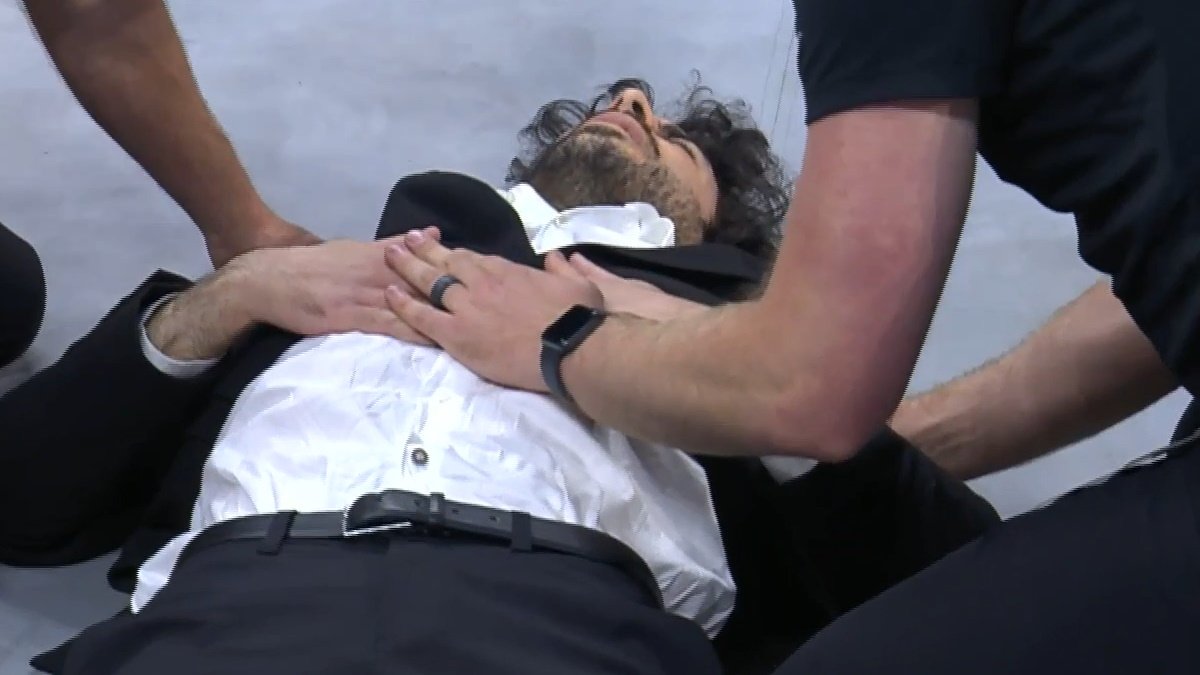
February 2010, and with one phone call Vince McMahon killed Survivor Series. The idea of Big Vin killing someone with a phone call can’t be at all surprising to you (no one’s seen Ted Turner for a while, have they?) but the news of Vince culling one of the Big Four might shock you, especially as the 31st Annual Survivor Series had just happened.
But it’s true. As a result of Survivor Series 2009 suffering a whopping 26% decline in buys (about 84,000 fewer customers), McMahon made the following statement to investors on a conference call a few months later:
“We think that Survivor Series is obsolete, as far as that title is concerned. It was something that worked many, many years ago, in terms of a creative standpoint, various teams competing.
… Survivor Series, yes, many years ago, was one of the original four pay-per-views, but it’s outlasted its usage and it is one of the things in terms of re-branding, this year and going forward, that will be re-branded. No longer will we have that title, Survivor Series.”
That’s pretty shocking. Sure, Vince has canned pay per view formats before – after all, there used to be a “Big Five” before King of the Ring was (sort of) retired (ish) – but Survivor Series is the second longest-running WWE pay per view of all time, it was the first regular event in WWE’s calendar after WrestleMania. Survivor Series was a big deal, and yet, a little over 22 years after its inception, it was on the chopping block.
Of course, we all know that the pay per view survived (wordplay intended, I know what I’m doing) but the question is this: did it deserve to? Was Vince McMahon right to think that Survivor Series had outlasted its usage?
Let’s start answering that question by looking at the biggest selling point of the pay per view, its USP, the 5-on-5 Elimination Match. Looking at it in isolation, the elimination match is more exciting than a regular tag match. Not only is there scope for Lots Of Business to happen between the ropes, especially in the modern era, but on a very basic level, more pinfalls/submissions equals more excitement, right?
Well, yes and no. Back-to-back eliminations, like Michaels KOing both Mysterio and JBL in 2005, or Kofi Kingston knocking off CM Punk and Randy Orton within seconds, are super fun! However, in the 80s/90s, and even occasionally in modern 5-on-5s, the methods by which people got hastily pinned/submitted could be both laughably weak and damaging to kayfabe.
It’s understandable that, sure, the odd count-out/DQ has to be thrown in there to protect certain wrestlers. When it’s used in moderation, no problem there. However, why is it that, despite Superstars being able to withstand multiple power moves in normal matches, four shows a week, suddenly whenever Survivor Series rolls around, wrestlers succumb to weak roll-ups, Axe Handles from the top, basic clotheslines, slipping on banana peels (no, really) and the less said about conveyor belt of sh*t that was the 2013 Divas 5-on-5 match, the better. When elimination matches are thrown together for sake of it, purely for the sake of maintaining a decades-old brand, rather than telling a story, the in-ring action almost inevitably suffers.
None of this is to say that they didn’t have their uses. Back in the 80s, the Survivor Series match type was both exciting and useful. When your calendar only features four pay per views a year and short TV shows in which the top stars rarely wrestled, the prospect of putting your entire main event scene into one match was a huge draw. The first main event of Survivor Series was Hogan’s Team vs. Andre’s Team. It saw Hogan vs. Andre for the first time since WrestleMania III, and all of their allies were elevated by association with the two megastars, especially Bam Bam Bigelow, who was tasked with going it 3-on-1 when Hogan got counted out.
Not only that, but when Survivor Series was dedicated in its entirety to elimination matches, it had an important function of explaining to the crowd the current structure and depth of the roster. On the first Survivor Series, there were only four matches: a mid-carder 5-on-5, a women’s 5-on-5, a tag team 10-on-10 (Jesus), and a main eventer 5-on-5. Four divisions, clearly demarcated, the major players in each being identified by how they were booked. For the most part, it was easy to tell which team was heel and which was face. It was so simple, and the best wrestling often is.
Trending
- WWE Star Feels He Let People Down With WrestleMania 40 Match
- AEW World Champion Swerve Strickland Fires Back At WWE Star
- AEW’s Jon Moxley Addresses Fans Thinking He’d Appear At WWE WrestleMania 40
- Triple H Addresses New WWE Title Change
- AEW In-Ring Debut Confirmed
- Official WWE Draft 2024 Rules Announced
- WWE Star Says Trick Williams Isn’t Ready For The Main Roster
- Big Name Making WWE Debut This Week Update
- WWE NXT Star ‘Expected’ To Be Drafted To Raw Or SmackDown
- Top WWE Name Gives ‘Mad Props’ To Trick Williams Following NXT Championship Win













 mailing list
mailing list